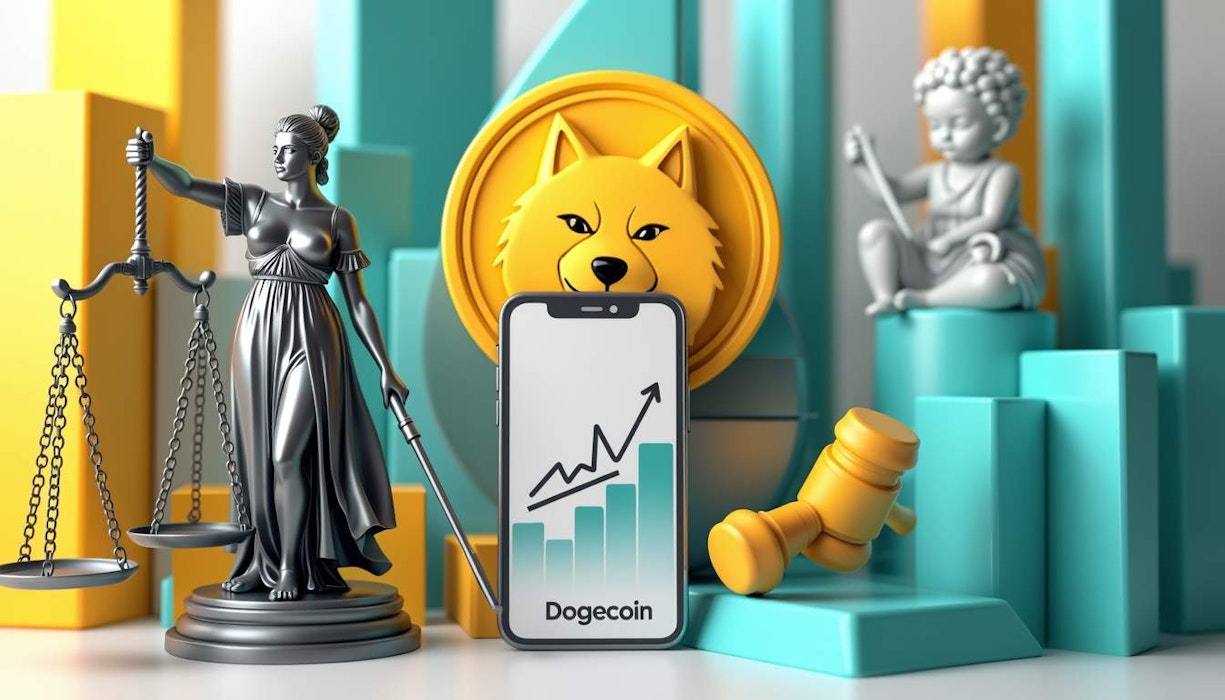Political happenings, particularly U.S. elections, have a substantial influence on the crypto exchange market, often putting Dogecoin right in the crosshairs. As regulations change and market sentiments shift, the price swings of Dogecoin serve as a reflection of these political dynamics. Let’s dive into how these events shape the crypto landscape, focusing on the interplay between political stances and Dogecoin's market behavior.
The Intersection of Politics and Crypto
Cryptocurrency has changed the way we think about money, offering decentralized and digital alternatives to fiat currencies. Dogecoin started as a joke but has transformed into a serious player in the digital currency scene. Understanding the intricacies of the crypto exchange market is vital for anyone looking to buy crypto coins or engage in crypto coin trading.
Political events, especially U.S. elections, bring a level of unpredictability that can notably impact the cryptocurrency market. The leadership and policy preferences of different administrations can shift the regulatory playing field. A pro-crypto leader, for instance, might foster a more welcoming regulatory atmosphere, which could boost market confidence and prices. Conversely, a more stringent administration could impose tighter regulations, stirring volatility and potentially lowering prices.
Market Sentiment and Dogecoin
Elections can either bolster or undermine investor confidence. A candidate who leans towards cryptocurrency-friendly policies can create an upbeat market vibe, causing prices to rise. This was seen recently when Bitcoin and Dogecoin’s prices surged as Trump led in the 2024 race, with Bitcoin hitting a high of $89,000 and Dogecoin skyrocketing.
Dogecoin has shown a particular sensitivity to the U.S. election cycle. Analysts are predicting a significant price bump for Dogecoin if Trump wins, in part thanks to his pro-crypto inclinations and the support of figures like Elon Musk, who has been vocal in promoting Dogecoin. Following Trump's election victory, Dogecoin saw a 152% increase, underscoring the correlation between political events and its price movements.
Technical Patterns and Their Role
While technical patterns like the bullish pennant can aid traders, they aren’t definitive indicators of crypto coin trading outcomes. The bullish pennant suggests a continuation pattern that forms after a steep upward price movement, leading to a consolidation phase. This indicates the market might continue its previous upward trend.
However, this is where the limitations lie. Market participants need to confirm the pattern with technical and volume analysis, as a spike in trading volume during a break above the pennant’s upper trendline can reinforce the signal.
Macroeconomic Influences of Cryptocurrency Trends
Cryptocurrency markets are notoriously volatile, influenced by multiple factors that don’t always align with macroeconomic predictions. While macroeconomic conditions can sway prices, the relationship is often intricate and indirect. For instance, low interest rates can make securing loans cheap, but that doesn't automatically translate to skyrocketing crypto prices.
Although there’s a growing relationship between crypto prices and macroeconomic factors, pinning down direct causation is complex. The cryptocurrency market is also increasingly affected by institutional participation, which is swayed by macroeconomic indicators but can also drive trends independently.
Summary: The Path Ahead for Dogecoin
Political events, especially U.S. elections, significantly impact the crypto exchange market and Dogecoin's price movements through changes in market sentiment and shifts in institutional investment. The pro-crypto leanings of some candidates can lead to substantial price increases and heightened market activity.
As we navigate the evolving political landscape, Dogecoin's future will likely be shaped by a mix of political, technical, and macroeconomic factors. Investors and traders must stay adaptable, combining analytical tools and strategies to chart their course through the complexities of the crypto market.
